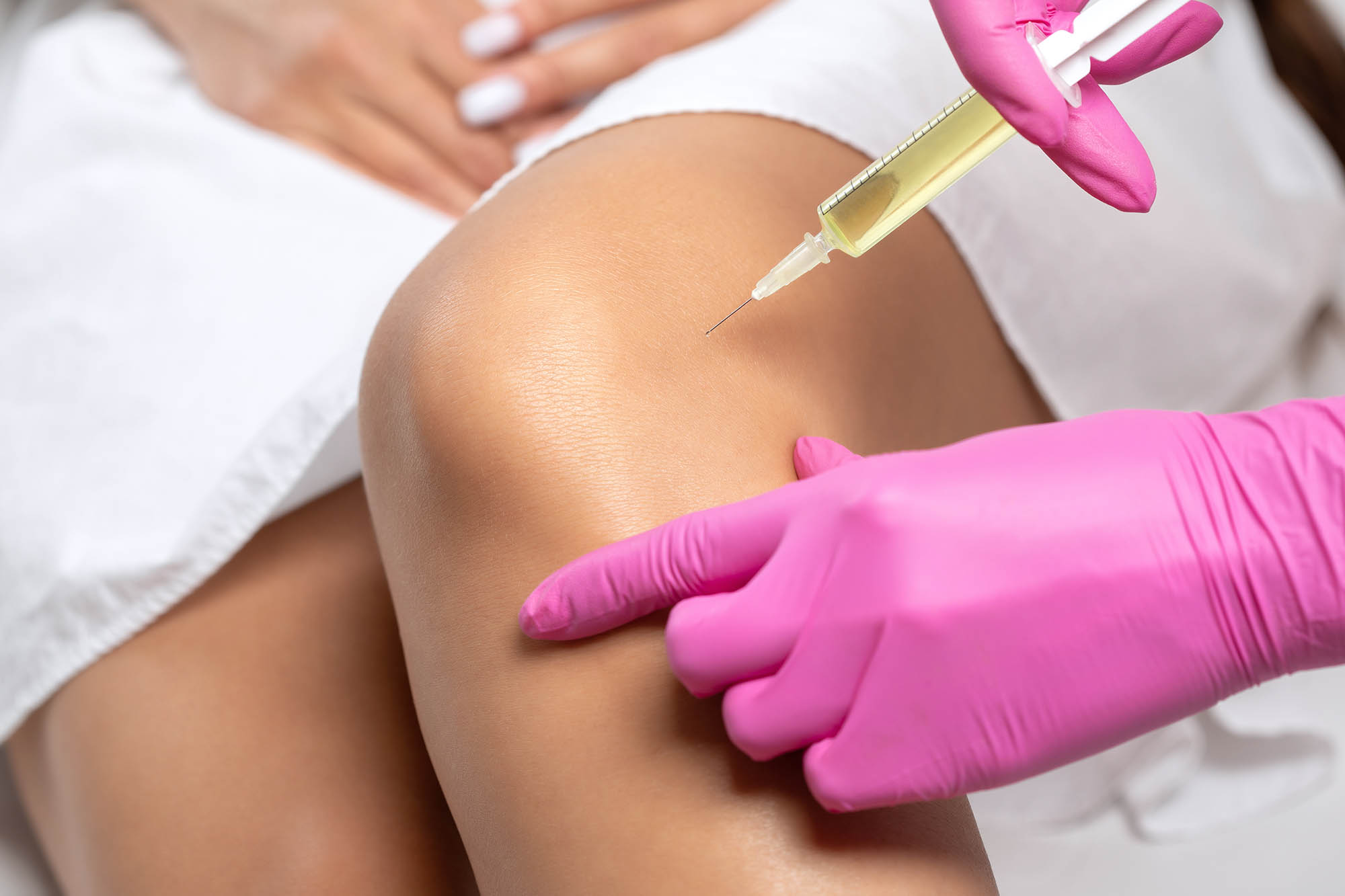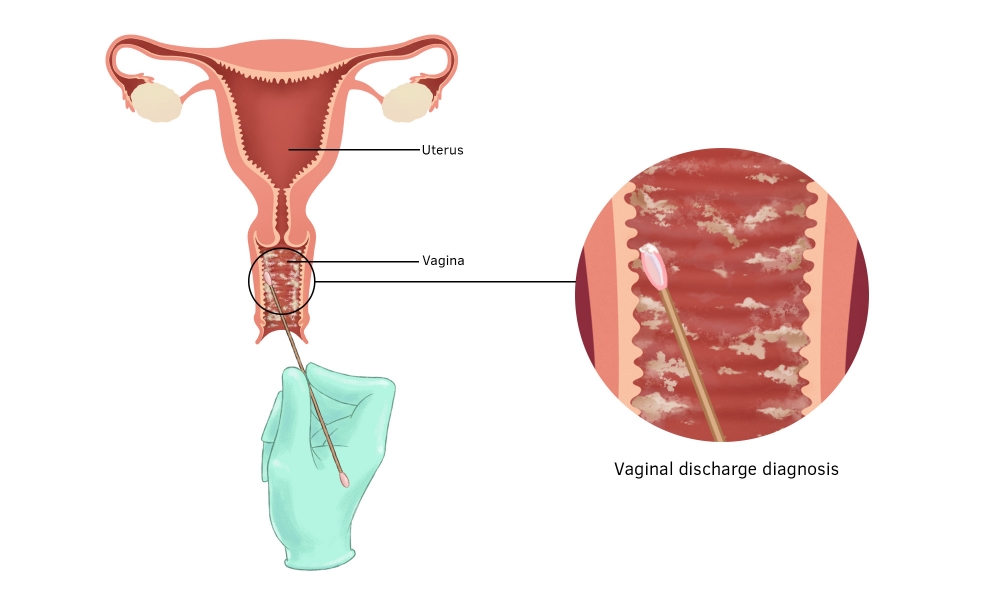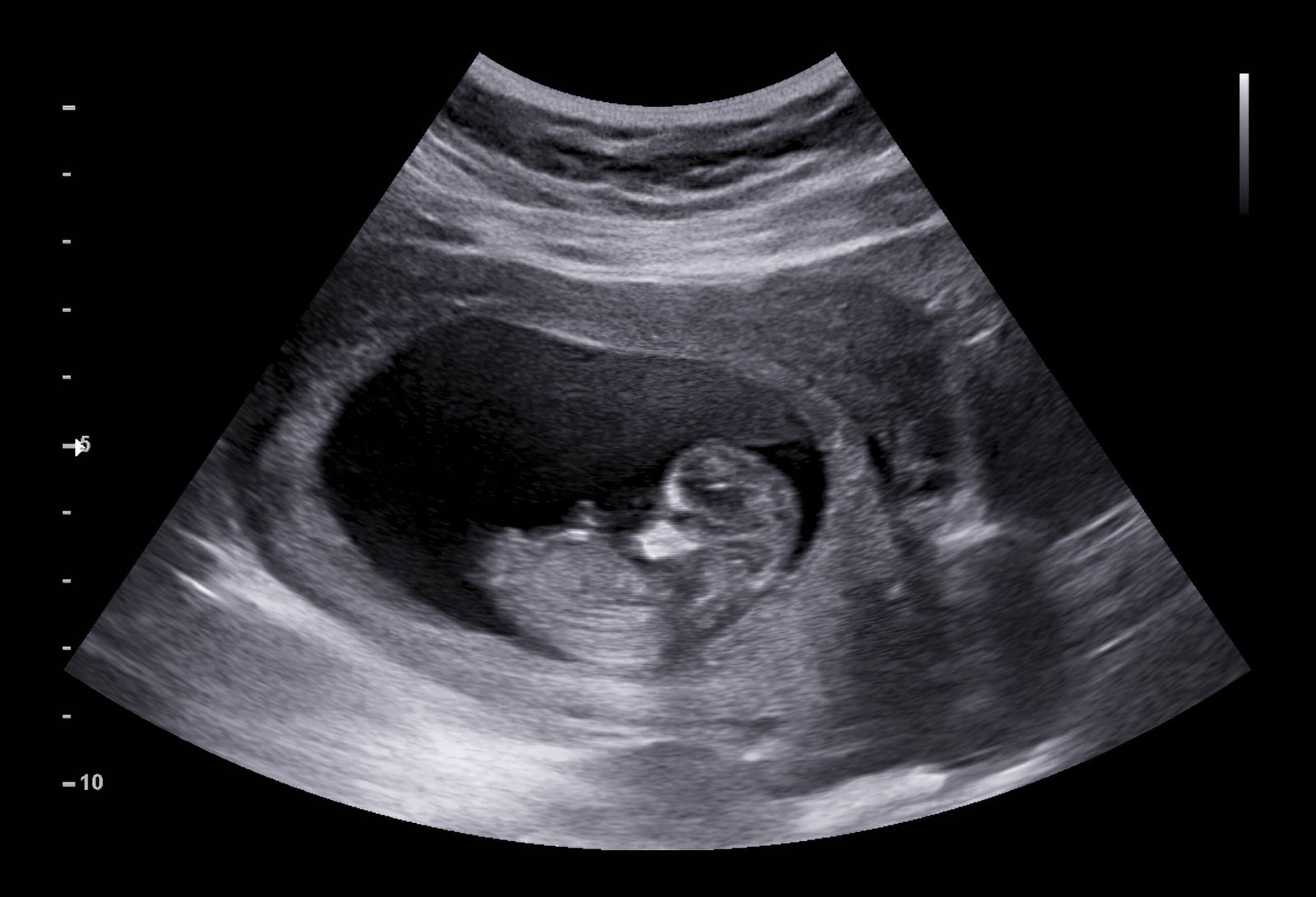Joint replacement surgery, like hip replacement or knee replacement, can significantly improve your quality of life by alleviating pain and stiffness. However, a successful recovery hinges on proper physical therapy after surgery. This crucial phase helps you regain strength, flexibility, and range of motion in your replaced joint, allowing you to return to your daily activities with confidence.
Why is Physical Therapy Important After Joint Replacement?
Physical therapy is an integral part of your post-surgical journey. Here’s how it benefits you:
- Pain Management: Physical therapists utilize various techniques like manual therapy, modalities (electrical stimulation, ultrasound), and therapeutic exercises to manage pain and inflammation. This allows for a smoother recovery and a quicker return to normalcy.
- Improved Range of Motion (ROM): Following surgery, there can be stiffness and tightness around the replaced joint. Physical therapy exercises specifically target these areas, gradually increasing your ROM and flexibility. This is essential for performing everyday tasks without limitations.
- Strengthening Muscles: The muscles surrounding the replaced joint weaken due to pain and inactivity before surgery. Physical therapy focuses on strengthening these muscles, providing stability and support to the new joint. Stronger muscles also help protect the joint from future injury.
- Balance and Gait Training: Joint replacement can initially affect your balance and coordination. Physical therapists will guide you through exercises that improve balance and gait, allowing you to walk safely and confidently.
- Reduced Risk of Blood Clots: Post-surgical inactivity can increase the risk of blood clots. Specific physical therapy exercises promote circulation and blood flow, minimizing this risk.
- Improved Function and Independence: The ultimate goal of physical therapy is to help you regain independence and perform daily activities with ease. This could involve tasks like climbing stairs, getting in and out of bed, or dressing yourself.

What to Expect During Physical Therapy
Initial Evaluation: Your physical therapist will assess your condition, including pain levels, strength, flexibility, and range of motion. They will also discuss your goals for recovery and create a personalized treatment plan.
Physical Therapy Exercises: The therapist will introduce you to a variety of exercises tailored to your specific needs and recovery stage. These exercises may include:
- Range-of-motion exercises: These gentle movements help improve flexibility and prevent stiffness in the joint.
- Strengthening exercises: These exercises target the muscles surrounding the joint, promoting stability and support.
- Balance and gait training: These exercises help you regain balance and confidence while walking.
- Aerobic exercises: Light activities like walking or stationary cycling can improve cardiovascular health and overall stamina.
Modalities: Your physical therapist may also incorporate modalities like ultrasound, electrical stimulation, or ice/heat therapy to manage pain, reduce swelling, and promote healing.
Education and Self-Care: A crucial aspect of physical therapy is learning self-care techniques to manage your condition effectively at home. This includes proper use of assistive devices like canes or walkers, proper posture and body mechanics, and pain management strategies.
Progression and Duration of Physical Therapy
The duration and intensity of your physical therapy program will vary depending on your individual circumstances, the type of joint replacement surgery you underwent, and your overall health. Typically, physical therapy begins shortly after surgery, often in the hospital setting, and transitions to outpatient care within a few weeks.
Here’s a general timeline for physical therapy after joint replacement:
- Weeks 1-2: Focuses on pain management, reducing swelling, and gentle range-of-motion exercises.
- Weeks 3-6: Gradually increases exercise intensity to improve strength, balance, and gait training.
- Weeks 6-12: Continues to challenge your strength and flexibility while incorporating functional activities like stair climbing.
- Beyond 12 weeks: May involve maintenance exercises to sustain your progress and prevent future complications.
It’s important to remember that this is just a general guideline. Your physical therapist will adjust your program based on your individual needs and progress.
Tips for a Successful Physical Therapy Journey
- Communication is Key: Openly communicate with your physical therapist about your pain levels, limitations, and any concerns you may have.
- Be Consistent: Regularly perform your prescribed exercises at home to maintain progress and achieve optimal results.
- Listen to Your Body: Don’t push yourself too hard. It’s okay to take breaks when needed and inform your therapist about any pain you experience.
- Maintain a Positive Attitude: Recovery takes time and dedication. Stay motivated and celebrate your milestones, no matter how small.
Conclusion
Physical therapy is an essential component of a successful recovery after joint replacement. If you have any requirements feel free to contact us.







